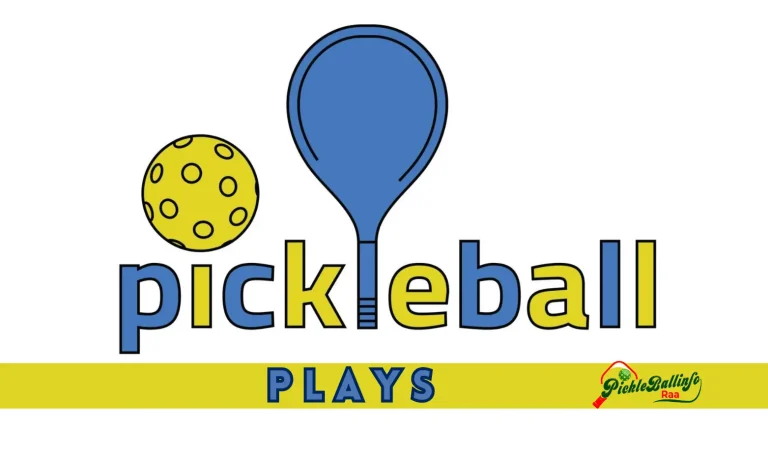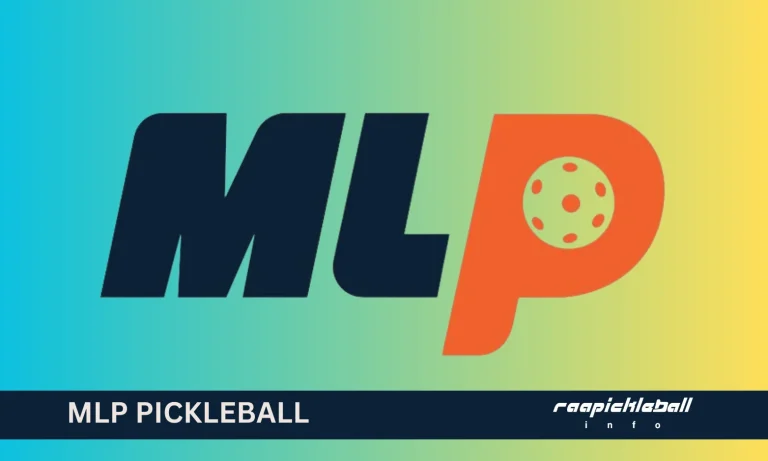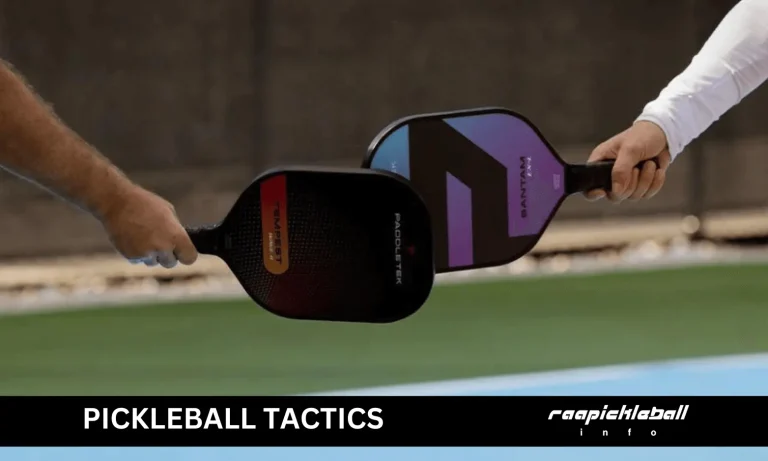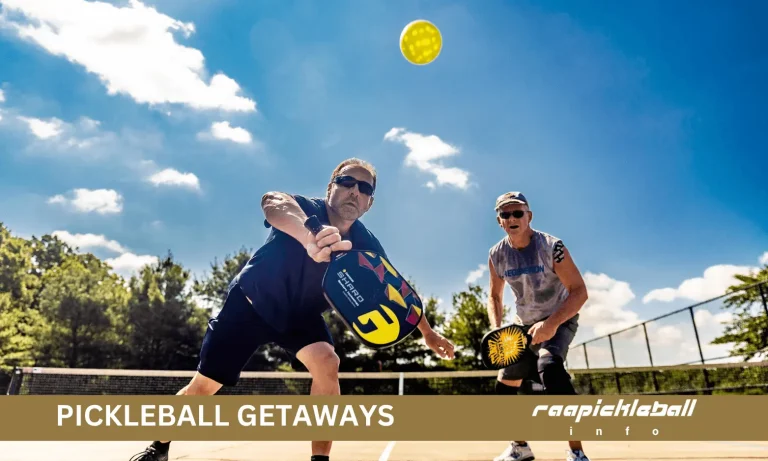Pickleball is becoming very popular in the USA. In pickleball, how you serve the ball is critical. The serve starts the game and can also help you do well. Where you stand when you serve is vital. It helps make sure your service is exemplary and follows the rules. Knowing where to stand in pickleball serve, how to serve well, and understanding the rules are all necessary for playing. Getting good at serving in pickleball means you have a better chance of winning and enjoying the game and to play on national or International levels you must be aware of the Pickleball Sports Contracts.
The Basics of Pickleball Serving
Pickleball, which emphasizes skill over strength, mandates an underhand serve. The server must ensure the paddle contacts the ball below waist level, adhering to a gentle, upward motion. This serving style adheres to the rules and sets a tone for a strategic play. The ball, served diagonally, should land in the opponent’s service court rather than in the non-volley zone (kitchen), necessitating precise control and positioning.
This diagonal serve ensures fairness and adds a strategic layer to the game. The serve’s legal requirements – from the underhand motion to its diagonal trajectory – demand practice and understanding for successful gameplay. These rules shape the game’s unique character, focusing on skillful placement rather than sheer power.

Ideal Positioning for the Serve
In pickleball, where you stand during a serve is as strategic as the serve itself. Positioning behind the baseline, between the sideline and centerline, offers a tactical advantage. This positioning allows for varied serving styles, such as the kitchen corner and centerline serves. The kitchen corner serves, demanding a stance near the centerline, aiming to land the ball just beyond the kitchen line, challenging the opponent’s positioning.
On the other hand, the centerline targets the intersection of the centerline and the opponent’s baseline, requiring a different stance. Power serves, known for their velocity, are executed from a position aligned with the serve’s intended direction. Proper positioning complies with rules and opens up strategic possibilities in serving.
Common Mistakes and How to Avoid Them
While seemingly straightforward, pickleball serving is fraught with potential errors like foot faults, illegal arm motions, and misplacement. A foot fault, often committed by touching or crossing the baseline, can be avoided by maintaining a conscious awareness of one’s position relative to the baseline. The serving motion should be underhand, with the paddle making contact below waist level, adhering to the sport’s unique serving style.
Ensuring the ball lands in the correct quadrant – the diagonally opposite service area – requires practice and precision. Awareness of these common pitfalls and consistent practice can significantly reduce the chances of committing these errors, leading to more successful and rule-compliant services.

Advanced Serving Strategies
For advanced pickleball players, Pickleball Topspin and Pickleball Blocking are important tricks to practice likewise serving is more than just starting the game; it’s an opportunity to gain a strategic edge. The kitchen corner serves, requiring a soft touch, and forces the opponent to move out of their comfort zone. This serve, executed close to the centerline, aims to land the ball just beyond the kitchen, creating a challenging angle for the opponent.
The centerline serve targets the opponent’s baseline corner, requiring precision and strategic positioning. Power serves, while emphasizing speed, still demand control to avoid faults. These advanced serves need a blend of accuracy, spin, and strategic placement, challenging even experienced players. Mastering these serves can significantly enhance one’s game, making the serve a formidable weapon.
The Impact of Court Positioning on Game Play
In pickleball, the server’s position significantly impacts game strategy. Serving deep into the opponent’s court can push them back, making their advance to the net more challenging. This tactic, particularly useful in doubles, can dictate the game’s pace. Varying serve velocity and placement adds unpredictability, keeping opponents off-balance. Strategic positioning enables servers to exploit weaknesses in the opponent’s court coverage.
For instance, serving wide can force opponents to stretch, opening up the court for subsequent shots. Understanding how serve placement and court positioning interplay can give players a tactical advantage, turning the serve into a critical strategic element in pickleball.

Keeping Up with Rule Changes
Like any dynamic sport, pickleball experiences rule changes that impact serving strategies. Staying updated with these changes is crucial for competitive play. Recent changes include modifications to the drop serve technique, emphasizing the need for the ball to bounce before being struck. Understanding the double-bounce rule is also critical, affecting the rally’s initiation post-serve. These changes aim to balance play and introduce new tactical elements.
For instance, the drop serve offers an alternative for players struggling with the traditional underhand serve. Adapting to these changes requires players to be flexible and willing to modify their techniques, ensuring their serving strategies remain effective and within the sport’s evolving framework.
Conclusion
Understanding a few key things to better serve in pickleball is essential. First, you need to know the rules about how to serve. Then, it would help if you learned different serving techniques and strategies. It’s not just about hitting the ball hard; it’s also about where you place the ball and how you change your serve to surprise your opponent. The best way to improve is to practice and watch how others serve. It will help you get better over time. Remember, a good serve in pickleball can help you win games.

FAQs
What is the ideal stance for serving in pickleball?
A closed stance is recommended, as it allows for more power and is conducive to the underhand serving motion required in pickleball.
How does serving positioning differ in singles and doubles?
In singles, the server starts from the proper service court and switches sides after each point scored. In doubles, the serving position changes after each server’s turn and is determined by the serving team’s score.
Can my service land in the kitchen?
No, the server must land in the service area diagonal to the server’s position and cannot land in the kitchen or on the kitchen line.
What are some effective serving techniques in pickleball?
Techniques include the kitchen corner serve, centerline serve, and power serve. Each has its strategic use, depending on the game situation.
How do I avoid common serving mistakes in pickleball?
Be mindful of your positioning, ensure the correct serving motion, and aim for the right quadrant of the court to avoid common faults like foot and illegal serves.






